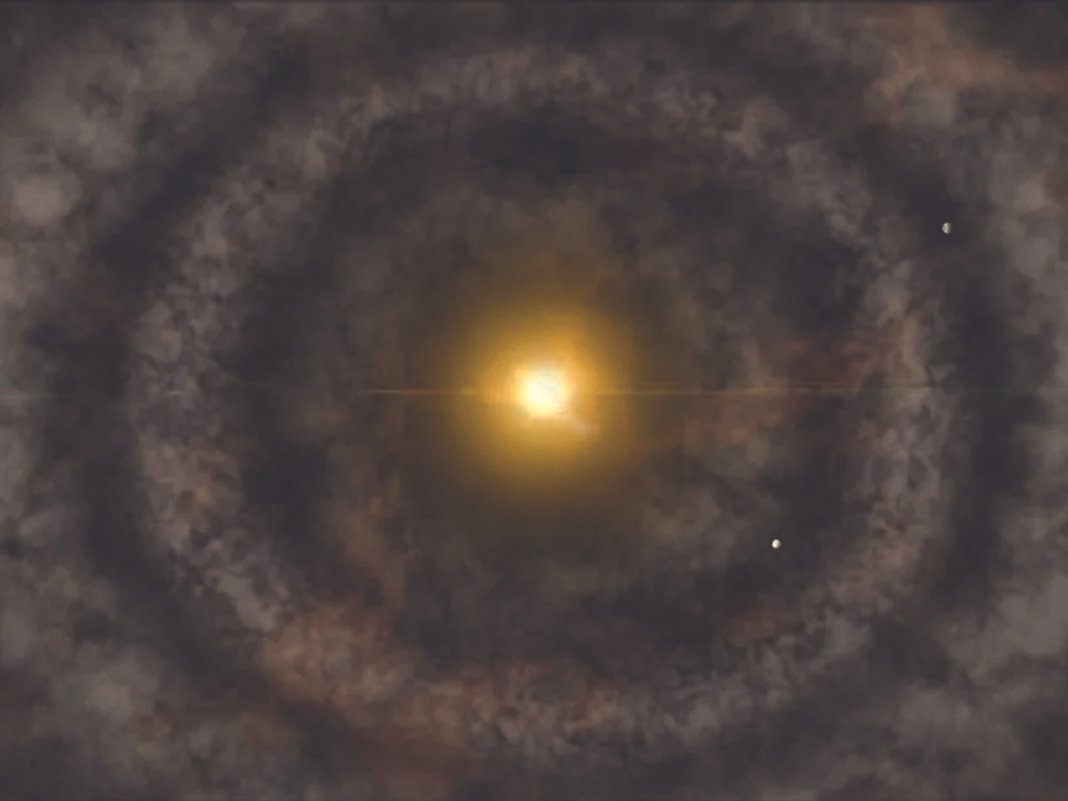NEW DELHI, June 11: Astrophysicists have gained new insights into how planets outside the solar system, or ‘exoplanets’, form by studying two “young” giant planets, “still hot from their formation”, a new study says.
In one of the planets, known to orbit a sun-like star ‘YSES-1’, researchers detected clouds containing sand-like particles — or silicate clouds — the strongest one seen on an exoplanet yet, they said.
“When we looked at the smaller, farther-out companion (planet), known as YSES 1-c, we found the tell-tale signature of silicate clouds in the mid-infrared (using the James Webb Space Telescope),” co-author Evert Nasedkin, a postdoctoral fellow in Trinity College Dublin’s school of physics, Ireland, said.
The author added this is the “strongest silicate absorption feature observed in an exoplanet yet” and related to its youth.
“We believe this is linked to the relative youth of the planets: younger planets are slightly larger in radius, and this extended atmosphere may allow the cloud to absorb more of the light emitted by the planet,” Nasedkin said.
In the study published in the journal Nature, the authors wrote, “With two exoplanets around a solar-type star, the YSES-1 system is an ideal laboratory for studying this early phase of exoplanet evolution.”
The findings help understand how the ‘YSES-1’ solar system formed, offering further insight into the origins of our solar system, the researchers said.
“Directly imaged exoplanets — planets outside our own Solar System — are the only exoplanets that we can truly take photos of,” Nasedkin said.
“These exoplanets are typically still young enough that they are still hot from their formation, and it is this warmth, seen in the thermal infrared, that we as astronomers observe,” the author said.
Studying the other planet ‘YSES-1b’, the team found that the entire planetary system is young, at 16.7 million years old, yet is too old to find signs of the planet-forming disk — a mixture of gas and dust rotating a star and from which planets can form.
But around YSES-1b, the team observed a disk around the planet itself, thought to feed material onto the planet and serve as the birthplace of moons — similar to those seen around Jupiter, they said.
Only three other such disks have been identified to date, both around objects significantly younger than YSES-1b, raising new questions as to how this disk could be so long-lived, the researchers said. (PTI)












